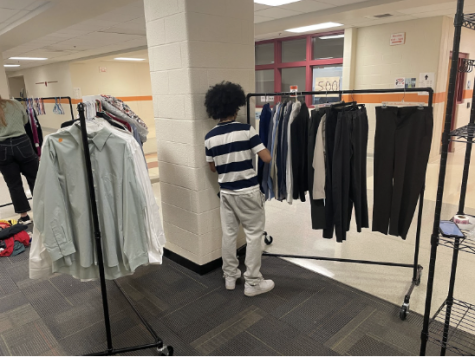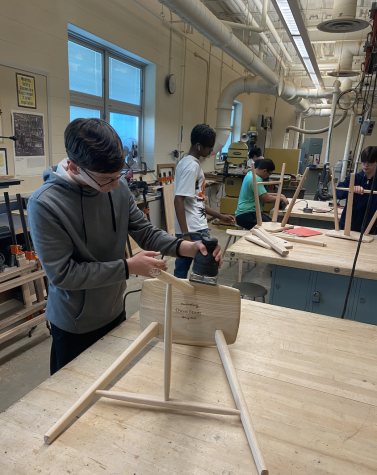Blizzards: From the past to present

The large amount of damage caused by the Great Blizzard of 1888 prompted communication and transportation lines in New York City to be moved underground for better safety.
Waking up to a yard blanketed in glistening snow is the idyllic winter morning. While it can be fun to anticipate coming snowstorms, it is also important to remember that the flakes can become dangerous in large quantities. Throughout history, the U.S. has endured some harrowing blizzards.
The Great Blizzard of 1888 is an immediate front-runner when contemplating the worst to ever hit our country.
“There were tons upon tons of snow, the largest amount to fall in two-and-a-half centuries of habitation,” said Judd Caplovich, the author of “Blizzard! The Great Storm of ‘88.”
The catastrophic event spanning two days in March deposited as much as 55 inches of snow in some areas of New York and killed over 400 people. The blizzard even prompted an exhibit to be made in the National Museum of American History.
The Great Appalachian Storm of 1950 was another infamous one, resulting in 160 fatalities and the equivalent of 2 billion dollars in damage today.
These past snowstorms, as well as many others, have drastically impacted the way that the U.S. prepares for future ones.
In 2004, the Northeast Snowfall Impact Scale was developed by the National Weather Service. The hope is that major catastrophes will be avoided by warning the public ahead of time.
Although many think that the worst snowstorms are behind us, science suggests otherwise.
Climate change has resulted in a warmer atmosphere that holds more moisture, which, in turn, needs to be released in the form of precipitation.
In fact, this coming winter is forecasted to bring more snow than usual.
“We anticipate below-normal temperatures along portions of the northern tier of the U.S.,” said Jon Gottschalck, chief of the Operational Prediction Branch for the National Oceanic and Atmospheric Administration.
The projection of colder temperatures and snow has elicited different reactions from Central York High School students.
“I’m excited because I love snow, but I’ll be nervous to drive in it,” said junior Charlize LaFrance.
Some are much less enthusiastic about the sometimes-uncomfortable conditions.
“I don’t like snow; it’s cold and nasty and I wish it would melt,” said senior Peyton Zimmer.
Although we can only estimate how much snow Pennsylvania will receive this year, if the past is any indication, we may be in for a great deal.

Kara Hazelton is a junior at Central York High School. This is her second year taking journalism and writing for The Prowler. Kara is a member of the field...







![“She [Walker] was the biggest advocate for any student,” said Basile.](https://mundismillmedia.com/wp-content/uploads/2023/05/Colorful-Watercolor-Note-Paper-with-Brush-Stroke-A4-Document-336x475.png)
